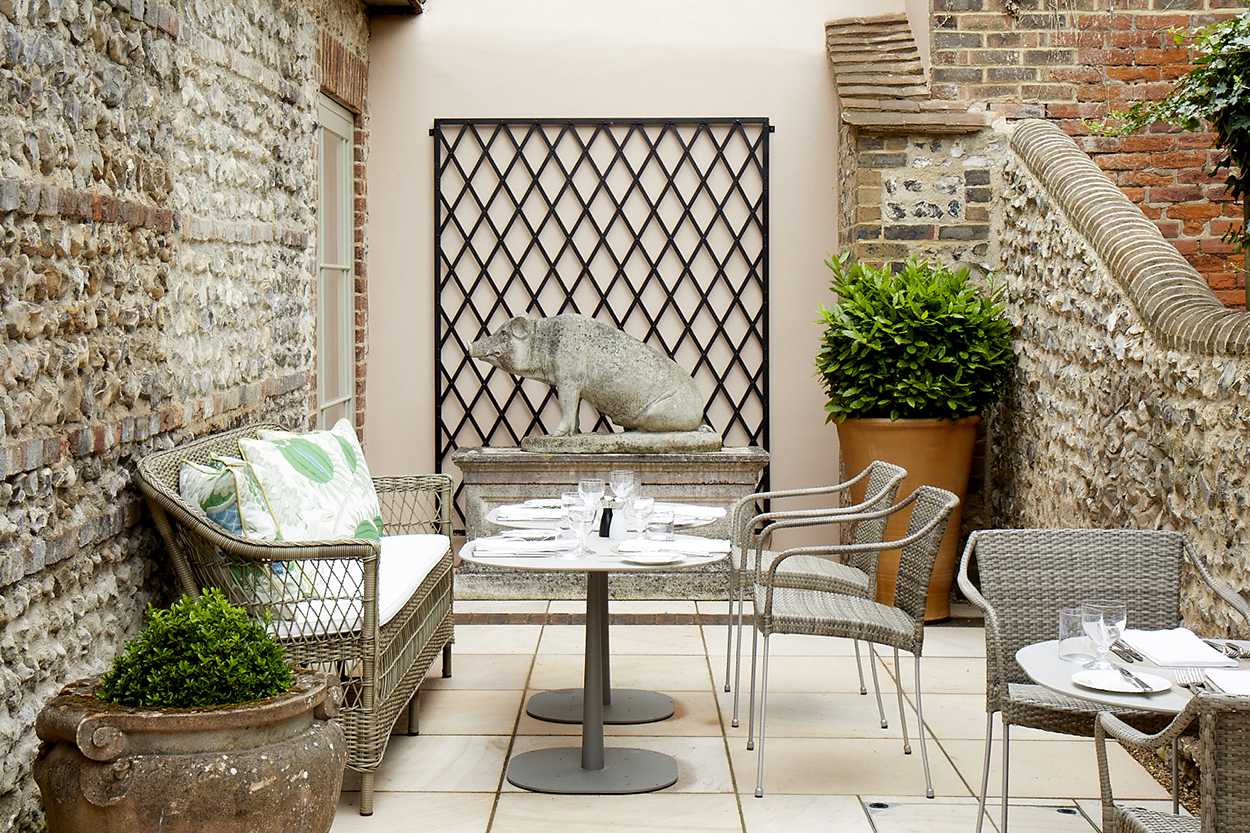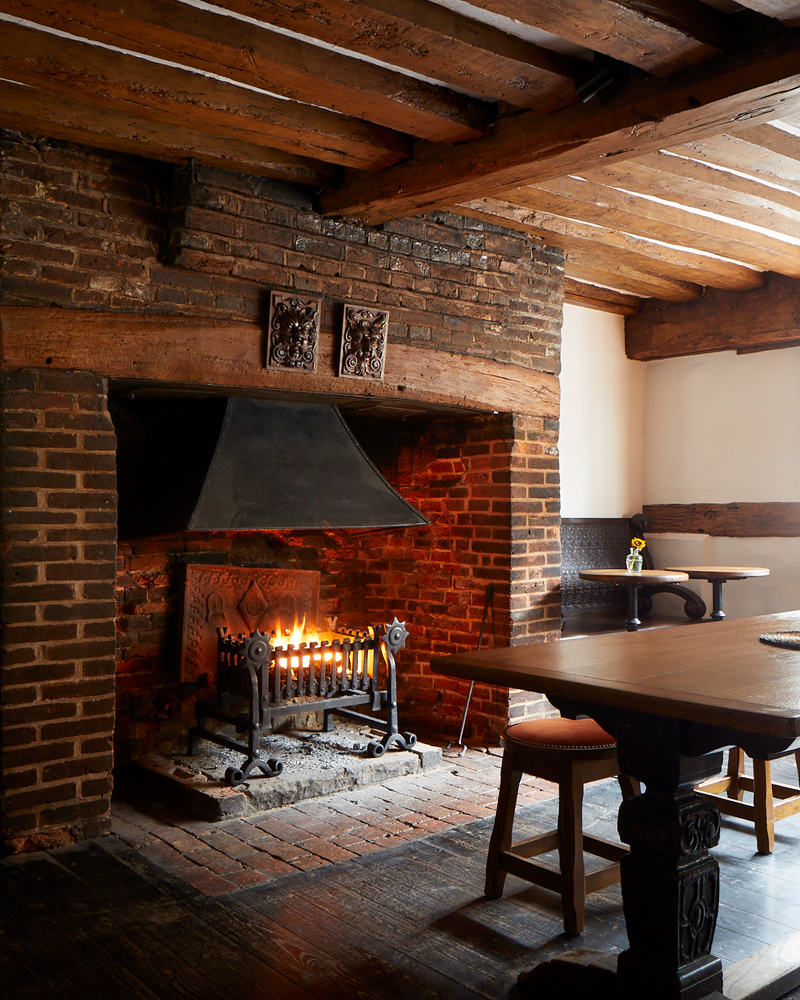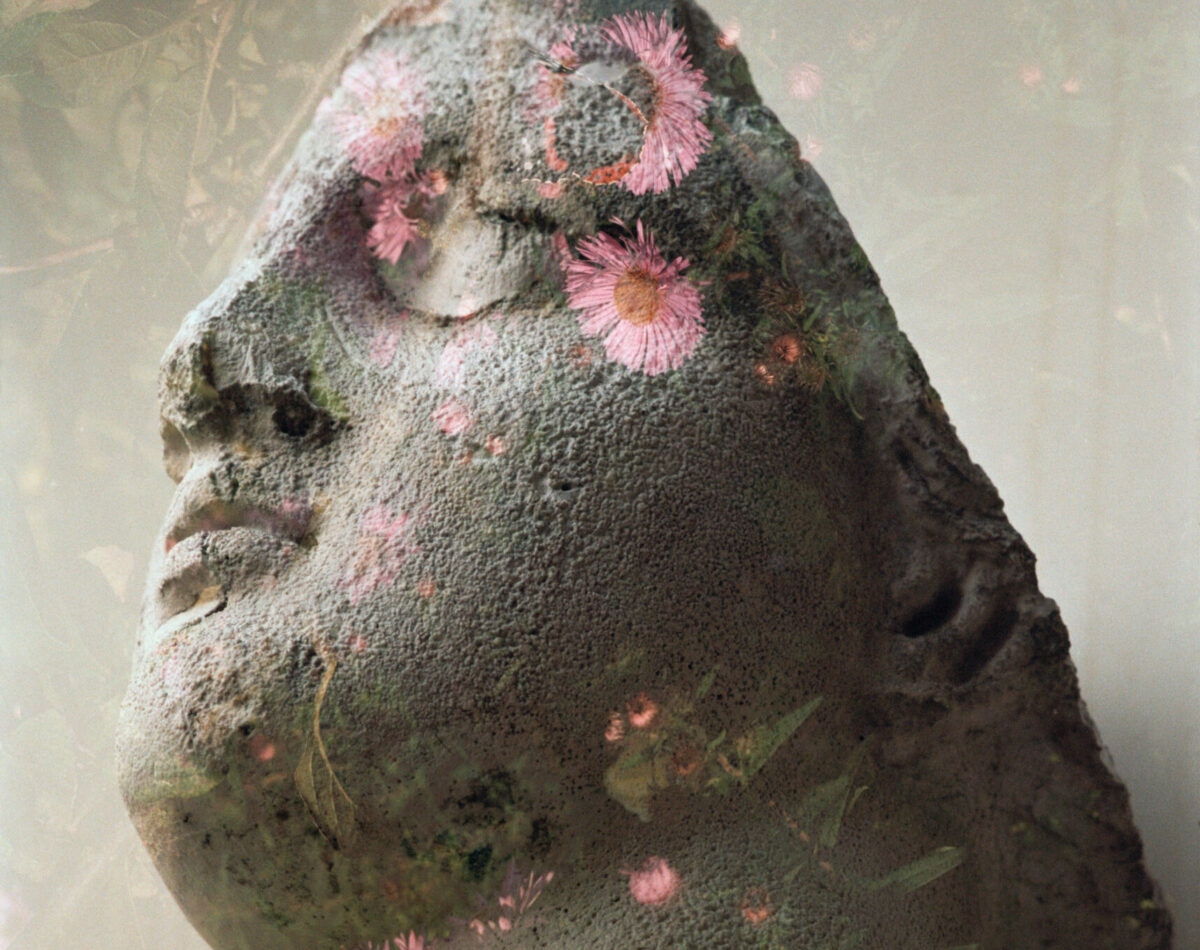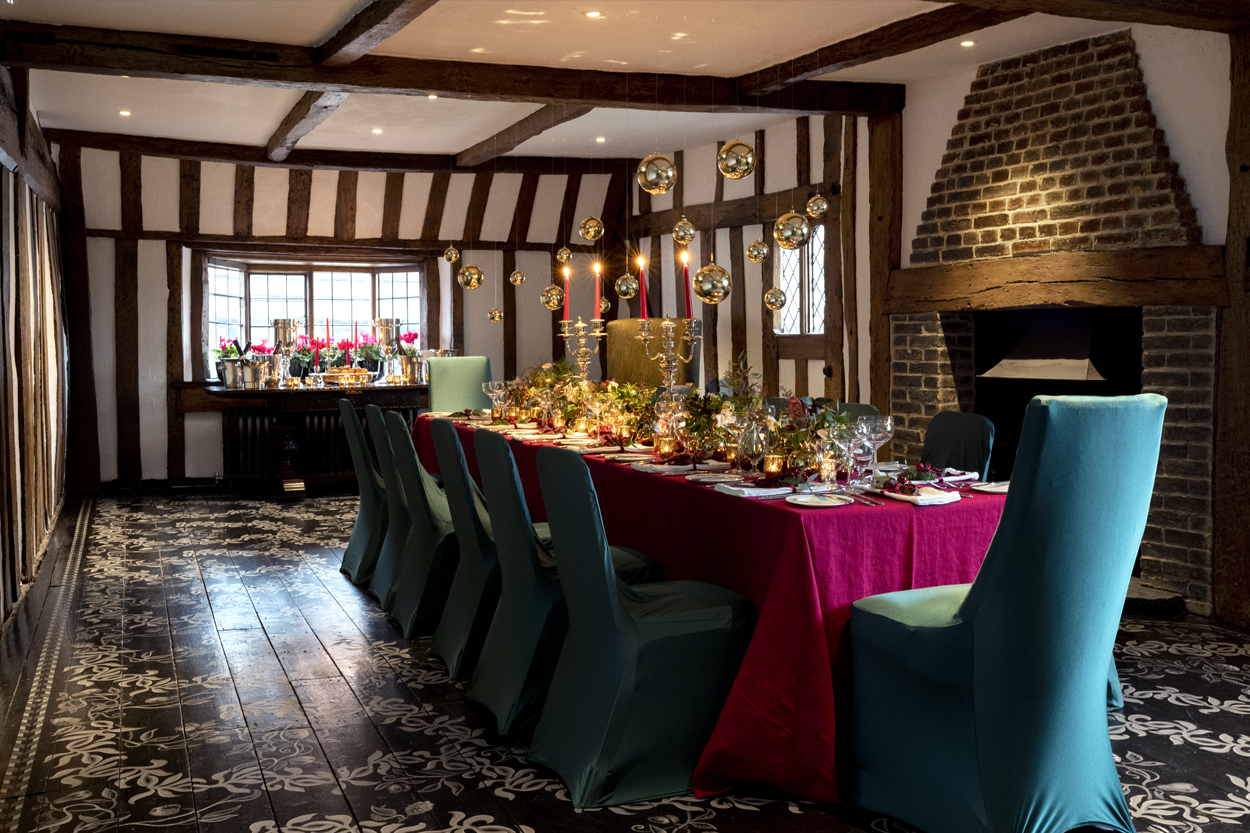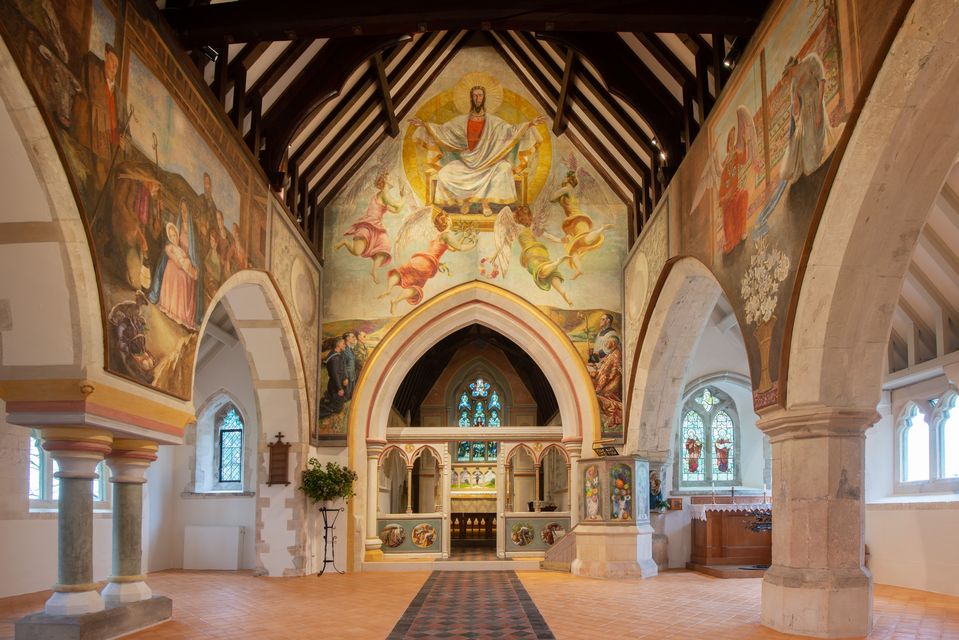Legend has it that the duchess Georgiana, feeling homesick for her Scottish homeland, had the landscape at Endsleigh remodelled to remind her of home. Looking out over the valley in midwinter there seems some truth in the story, the Tamar has transformed into an ethereal river of mist snaking along the bottom of the valley. The mixed woodland that covers the hillside opposite is now dominated by the Scots pines as the indigenous ash, oak and beech shed their foliage leaving only a delicate tracery against the low winter sun. Conifer silhouettes line the ridges beyond and the tors of Dartmoor fade away into the swirling mist. Perhaps comparing Dartmoor to the highlands is a little far-fetched but the scene hints at something altogether more Caledonian.
Winter brings a pared down clarity to Repton’s original design, in the summer it is easy to lose oneself amongst the lush foliage, in the winter the structure of the garden becomes clear and the dramatic combinations of rock and water come to the fore. The streams, rills, cascades and waterfalls which during the summer bubble gently down the valley have become raging torrents and crash over boulders and roll over rockfaces to the Tamar beyond. The rockfaces themselves denuded of their verdant summer covering take on the dramatic role in the landscape that Repton originally intended. Even some of the deciduous trees standing naked against the winter sky exhibit their true form, the branches of the champion weeping beech cascade elegantly from the heights into the stream below like a sylvan fountain and the skeletal sillouhette of the Gingko, only recently relieved of its buttery yellow autumn coat, looms large over the garden.
Much of the garden at Endsleigh was planted during the Victorian era and contains many of the conifers which astonished and fascinated the Victorian plant hunters. The giant sequoia towering above the garden at 230ft is a mere child at 150 years old, in its native habitat it can live up to 3000 years, Douglas Firs throughout the garden dwarf the surrounding trees in both their height and their sheer bulk and the monkey puzzles climb out of the canopy rather incongruously, perhaps puzzled at the lack of monkeys. All of these are seen so much more clearly without their summertime competition.
The rarity of flowers at this time of year makes them so much more precious, and the lack of insects means they have to work that much harder to attract pollinators. Some of the winter scents are spectacular and often the perfume hits before the flower is in view prompting a manic search for the source. Mahonia, winter honeysuckle and wichhazel are all plants that advertise their presence long before they come into view. Coming across a Pieris in full flower in December is a site to behold and the New Year is hailed by the snowdrops poking their little white heads out of the ground, a beacon of hope for the new season.
Whilst exploring the grounds it pays to keep your eyes peeled, with the leafy camouflage removed there are glimpses of some of the follies and hideaways which once covered the estate, like the Swiss Cottage on top of a ridge looking down on the Tamar, once the 6th Duke of Bedford’s bolthole, the boatman’s cottage now in ruins on the other side of the river and built by Repton purely to provide a plume of smoke from the chimney to ‘animate the landscape’ or the shell house on a bastion at the end of the lawn not so hidden but in winter offering the views of the river that were originally intended.
It is surprising how much there is still to enjoy at Endsleigh in midwinter and after a long winter walk what better way to reward yourself than a delicious afternoon tea next to a roaring fire or perhaps even a dram of single malt in honour of the Scottish duchess?


